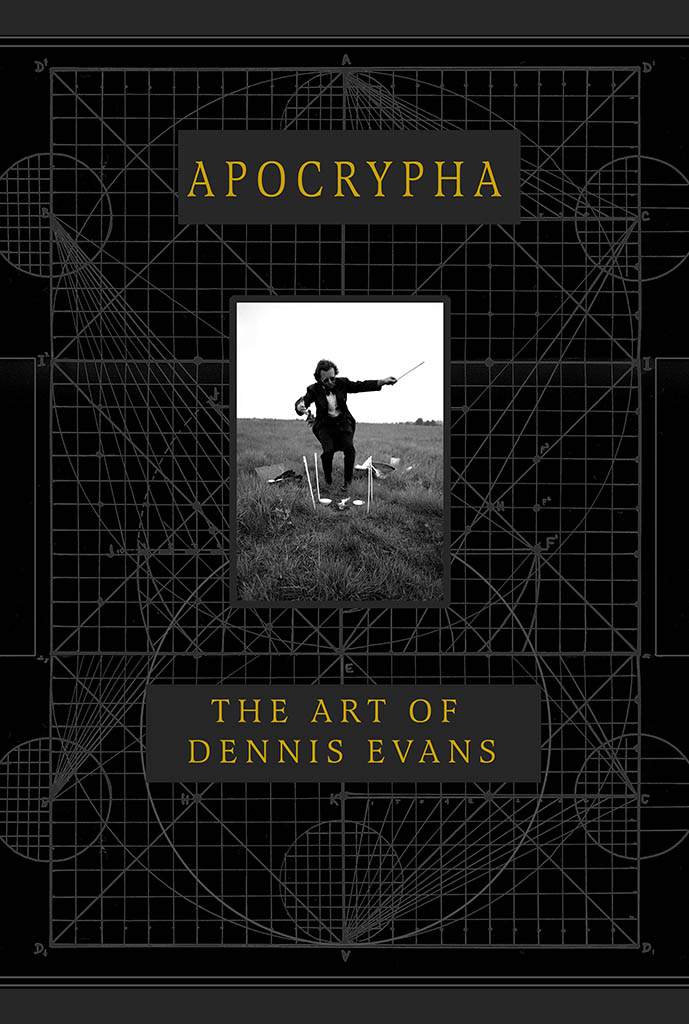APOCRYPHA: THE ART OF DENNIS EVANS explores the myriad artistic accomplishments of celebrated Seattle-based artist DENNIS EVANS with extensive discussions of his origins as a chemistry student, ceramics enthusiast, performance artist, and sculptor, continuing with his forays into installation art, multiples, artist’s books, and art in public places. A luxury coffee table book with a richly illustrated text based on archival photographs and documents, APOCRYPHA chronicles Evans’s determined pursuits in a variety of media, all growing out of contemporary art movements such as Dadaism, Fluxus, medieval sources, and scientifically inspired art. Unique in his fusing of art and science, Evans is analyzed as an artist who created his own path, regardless of prior traditional expectations and achievements, leading to a plurality of live performances, outdoor events involving boats and handmade objects, and ritualistic occasions with fire and water. Discussed in the context of the rise of contemporary art and art criticism in Seattle, the engaging narrative by Kangas notes how visiting artists such as George Maciunas, co-founder of Fluxus, as well as visiting critics and curators, such as Marcia Tucker and Charles Cowles, elevated Evans’s studio activities to highly praised museum exhibitions across the nation, including his New York debut at the 1979 Biennial of the Whitney Museum of American Art. Reminiscences of New York figures like Maciunas, Tucker, Holly Solomon, Ronald Feldman, and others are accompanied by photographs and contextual art-historical examples. Superbly designed by award-winning New York art book designer Phil Kovacevich, APOCRYPHA: THE ART OF DENNIS EVANS is a brilliant addition to anyone’s art library and can function as a classroom text, supplemental art history text of Northwest and late 20th-century art, and as an object of high design standards printed and bound in Italy. Readers will enjoy Kangas’s mixture of analysis and anecdote, unraveling the often confusing complexities of Evans’s art, explaining its arcane allusions and sources that underscore the artist’s extraordinary imagination and breadth of knowledge. The artist’s public art projects are documented along with gallery and museum retrospectives involving special installations. Private commissions are also discussed, as well as the artist’s unusual community contributions; for example, a memorial garden inspired by the events of September 11, 2001 in New York.


